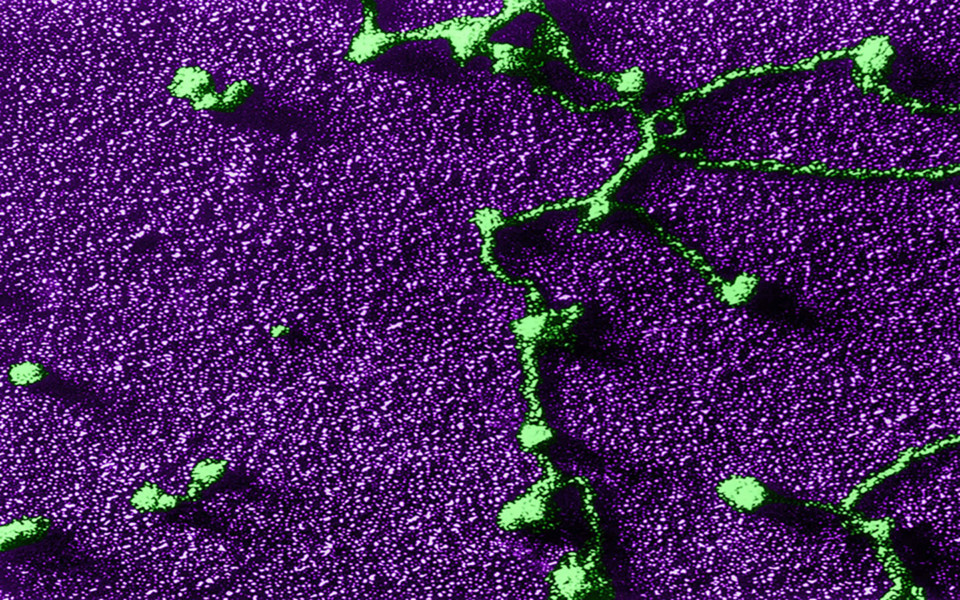Scientists Find Form of Crispr Gene Editing With New Capabilities
Just a few years ago, Crispr was a cipher — something that sounded to most ears like a device for keeping lettuce fresh. Today, Crispr-Cas9 is widely known as a powerful way to edit genes. Scientists are deploying it in promising experiments, and a number of companies are already using it to develop drugs to treat conditions ranging from cancer to sickle-cell anemia.
Yet there is still a lot of misunderstanding around it. Crispr describes a series of DNA sequences discovered in microbes, part of a system to defend against attacking viruses. Microbes make thousands of forms of Crispr, most of which are just starting to be investigated by scientists. If they can be harnessed, some may bring changes to medicine that we can barely imagine.
On Thursday, in the journal Science, researchers demonstrated just how much is left to discover. They found that an ordinary mouth bacterium makes a form of Crispr that breaks apart not DNA, but RNA — the molecular messenger used by cells to turn genes into proteins.


